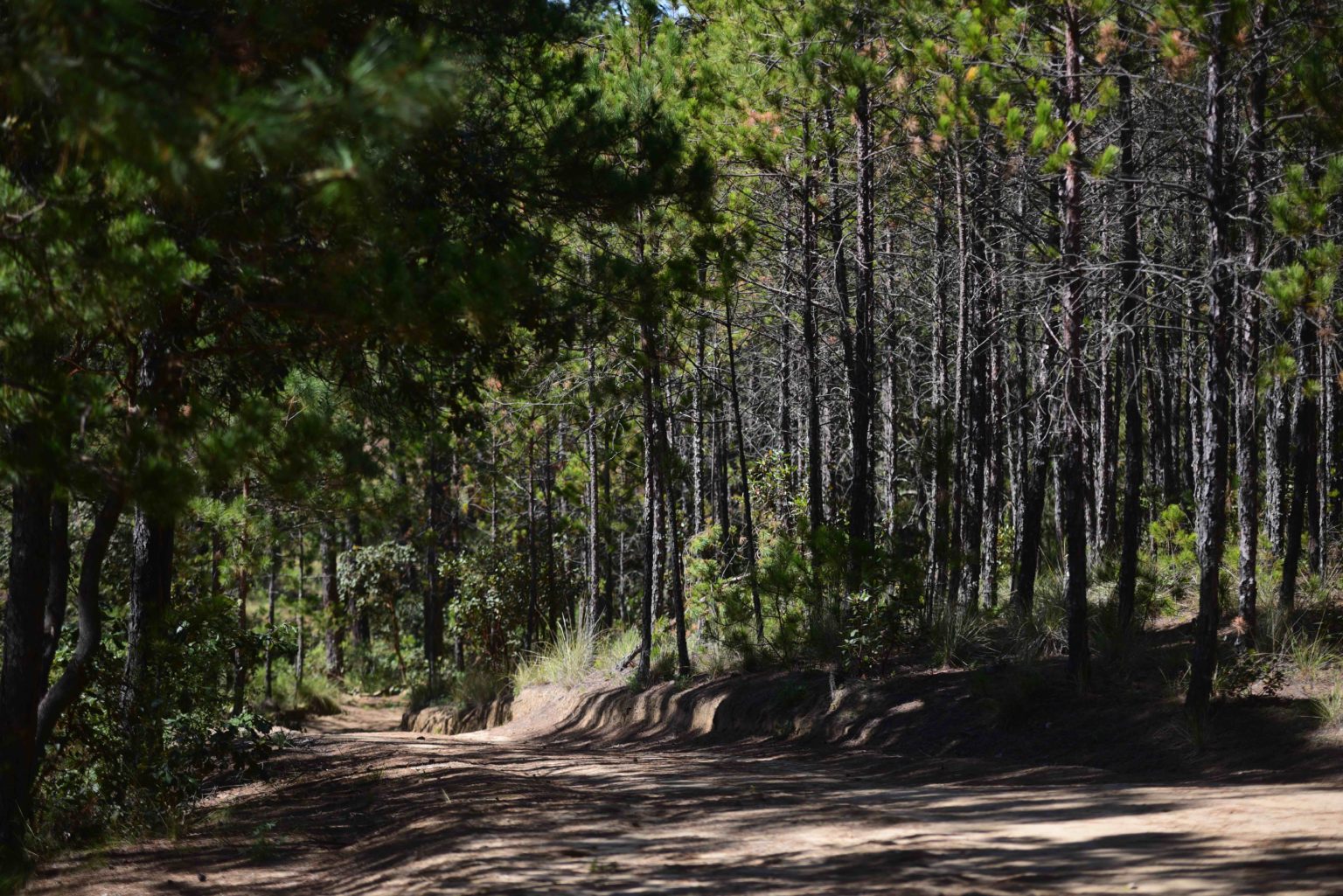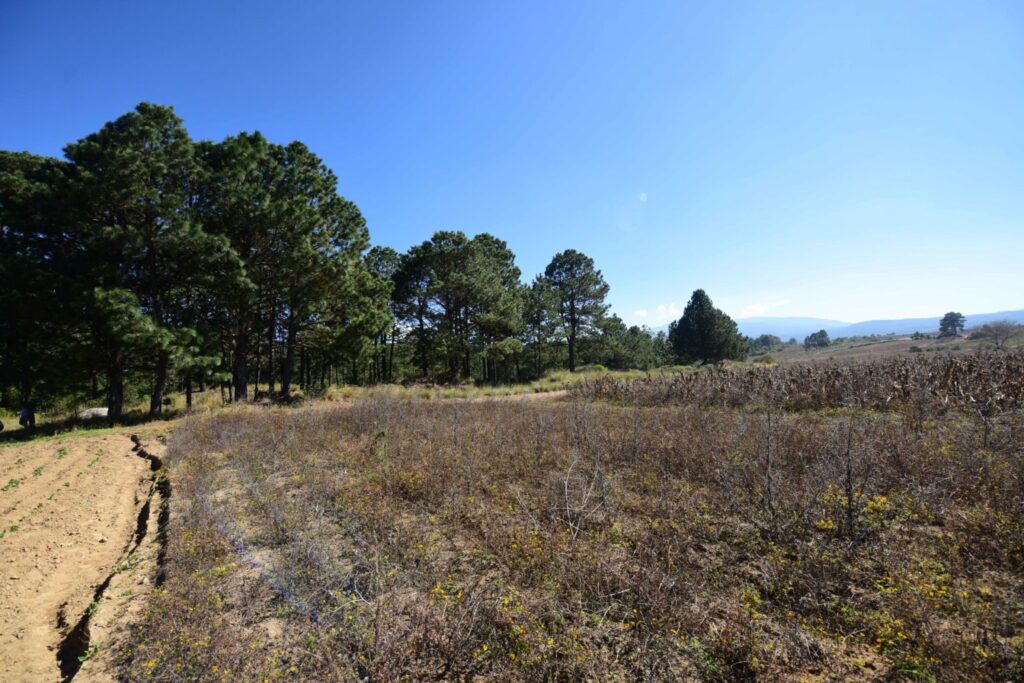Ejido Sierra de Agua Project

Ejido Sierra de Agua is a standout example of community forest management in Mexico, demonstrating how local stewardship of natural resources can drive both environmental conservation and social prosperity. Nestled in the mountainous regions of Veracruz, Sierra de Agua is part of a network of ejidos-communal landholdings-where residents collectively manage forests, protect biodiversity, and foster economic development. As climate change and deforestation threaten rural livelihoods across Mexico, the story of Ejido Sierra de Agua offers hope and a replicable model for sustainable progress.
Table of Contents
The Ejido Sierra de Agua System and Community Forestry
The ejido system is a unique Mexican institution where land is owned by the state but managed communally by local members. This system empowers communities to make decisions about land use, balancing timber production, conservation, and other economic activities. In Sierra de Agua, as in many other ejidos, forest management is not just about harvesting timber; it’s about maintaining ecosystem health, supporting local economies, and preserving cultural traditions.
Community forestry in Sierra de Agua has evolved to include a range of activities, from selective logging and reforestation to ecotourism and environmental education. The community’s approach is rooted in the understanding that healthy forests are the foundation of their well-being, providing clean water, fertile soil, and protection from natural disasters.

Sustainable Forest Management Practices
Sierra de Agua’s forest management plan is carefully designed to maximize positive impacts and minimize negative ones. Only a portion of the forest is used for timber production, with the majority managed for conservation or landscape restoration. This approach ensures that the forest remains resilient and productive for future generations.
The community has adopted practices such as selective logging, which targets mature trees while preserving the overall structure and diversity of the forest. Reforestation efforts focus on native species, enhancing biodiversity and supporting wildlife habitats. Regular monitoring and adaptive management help the community respond to new challenges, such as pests, diseases, or changing climate conditions.
Economic and Social Benefits
One of the most significant outcomes of Sierra de Agua’s forest management is the creation of local enterprises that generate income and employment. Community-owned forestry businesses function like small private companies, but profits are reinvested into the community rather than distributed to outside shareholders. This model has led to the establishment of ecotourism centers, furniture workshops, and even local credit unions that provide affordable financing for new ventures.
The economic benefits extend beyond direct employment. By reinvesting profits in infrastructure, education, and health services, Sierra de Agua has improved the quality of life for its residents. Roads, schools, and clinics have been upgraded, and environmental education programs have raised awareness about the importance of conservation.
Environmental Impact and Conservation Achievements
Sierra de Agua’s commitment to conservation is evident in its landscape. The ejido manages a mosaic of temperate forests, dry jungles, and cloud forests, each with its own unique biodiversity. Through careful management, the community has maintained healthy tree populations, protected watersheds, and provided habitat for a wide range of flora and fauna.
The ejido’s efforts have also contributed to climate change mitigation. By preserving large tracts of forest and promoting reforestation, Sierra de Agua sequesters significant amounts of carbon, helping to offset emissions at the local and national levels.
Governance, Participation, and Replication
The governance structure of Sierra de Agua is based on democratic decision-making, with an assembly of community members holding ultimate authority. This participatory approach ensures that management decisions reflect the needs and values of the entire community. Leadership roles rotate, encouraging broad participation and skill development.
Sierra de Agua’s success has attracted attention from other communities and organizations interested in replicating its model. Representatives from neighboring ejidos and even international visitors come to learn from Sierra de Agua’s experience, seeking to adapt its practices to their own contexts.
Conclusion
Ejido Sierra de Agua exemplifies the power of community-driven forest management to achieve environmental conservation, economic development, and social well-being. By combining traditional knowledge with modern practices, the community has created a sustainable model that benefits both people and the planet. As Mexico and the world seek solutions to the intertwined challenges of climate change and rural poverty, Sierra de Agua stands as a beacon of hope and inspiration.
Take action today—calculate your emissions using Coffset’s carbon footprint calculator and contribute to projects that make a real difference!
References:
https://news.mongabay.com/2020/01/mexico-community-forestry-boosts-conservation-jobs-and-social-benefits/
https://www.conservationfinancenetwork.org/2018/06/25/the-economic-benefits-of-mexicos-community-forest-management
https://climateactionreserve.org/wp-content/uploads/2024/04/2024.04-April-newsletter.pdf